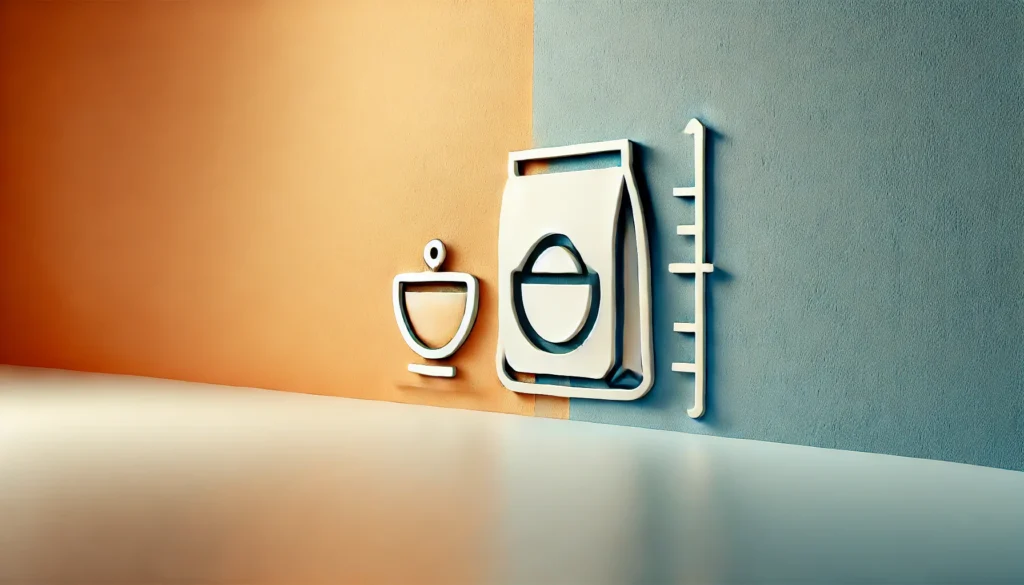When embarking on a home improvement project involving refractory cement, understanding measurements is crucial. Whether you’re a seasoned DIY enthusiast or a novice tackling your first project, knowing how to convert pounds to cups can save you time and effort. In this article, we’ll explore exactly how many cups are in 2.2 pounds of refractory cement and why precise measurements matter.
Understanding Refractory Cement
Refractory cement is a specialized type of concrete that can withstand high temperatures, making it ideal for use in fireplaces, furnaces, and kilns. Unlike regular cement, refractory cement is designed to hold up under extreme conditions, which is why it’s a popular choice for both home and industrial applications.
Composition and Properties
- Composition: Refractory cement is typically made from a mixture of alumina, silica, and other compounds that enable it to tolerate heat.
- Properties: It has lower thermal conductivity, which means it retains heat effectively, making it essential for structures exposed to high temperatures.
Understanding the properties of refractory cement helps in choosing the right type for your project. However, the question remains: how do we convert the weight of this material into a usable volume measurement like cups?
Weight and Volume Conversion
The Basics of Conversion
When converting pounds to cups, it’s essential to know the density of the material in question. Refractory cement has a density that can vary based on its specific formulation, but for most types, the density averages around 120 pounds per cubic foot.
The Calculation
To find the number of cups in 2.2 pounds of refractory cement, we need to convert pounds to cups using the density information:
- Find the conversion factor:
- 1 cubic foot = 7.48 gallons = 29.92 liters = approximately 128 cups.
- Calculate the number of cubic feet in 2.2 pounds:
- Use the density:[\text{Cubic feet} = \frac{\text{Pounds}}{\text{Density}} = \frac{2.2}{120} \approx 0.0183 \text{ cubic feet}]
- Convert cubic feet to cups:
- Multiply the cubic feet by the number of cups per cubic foot:[0.0183 \text{ cubic feet} \times 128 \text{ cups} \approx 2.34 \text{ cups}]
Thus, 2.2 pounds of refractory cement is approximately 2.34 cups.
Why Precision Matters
Using the correct amount of material ensures that the structures you create can withstand the required temperatures without compromising safety or effectiveness. Here are a few reasons why precise measurements matter:
- Quality Control: Maintaining the right proportion of materials ensures the integrity of the final product.
- Cost Efficiency: Avoiding waste by using the exact amount needed can save on material costs.
- Project Success: Improper measurements could lead to project failure, especially when dealing with high-temperature applications.
Practical Applications for Refractory Cement
Refractory cement has numerous applications, from backyard fire pits to industrial furnaces. Understanding how to measure it accurately allows you to explore a variety of projects.
Common Uses
- Fireplaces: Building fireboxes or insulating walls can greatly benefit from the heat-resistance properties of refractory cement.
- Pizza Ovens: For those who love outdoor cooking, a customized pizza oven with refractory cement can achieve high temperatures for perfect pies.
- Kilns: Artists and craftsmen often use refractory materials to maintain the required temperatures for firing ceramics or glass.
If you’re looking for more in-depth information about building projects with refractory cement, check out this guide.
Conclusion
In summary, knowing how many cups are in 2.2 pounds of refractory cement can be a game changer for your projects. With an approximate measurement of 2.34 cups, you can confidently move forward with your tasks, whether it’s building a stunning outdoor fire pit or a practical kiln for your hobby.
Remember, the devil is in the details, and precise measurements lead to project success. Next time you’re working with refractory cement, be sure to double-check your calculations and enjoy the process of creating something durable and functional.
“In crafting projects, clarity in measurements leads to clarity in outcomes.”
Feel free to share your experiences with refractory cement or ask questions in the comments below!
